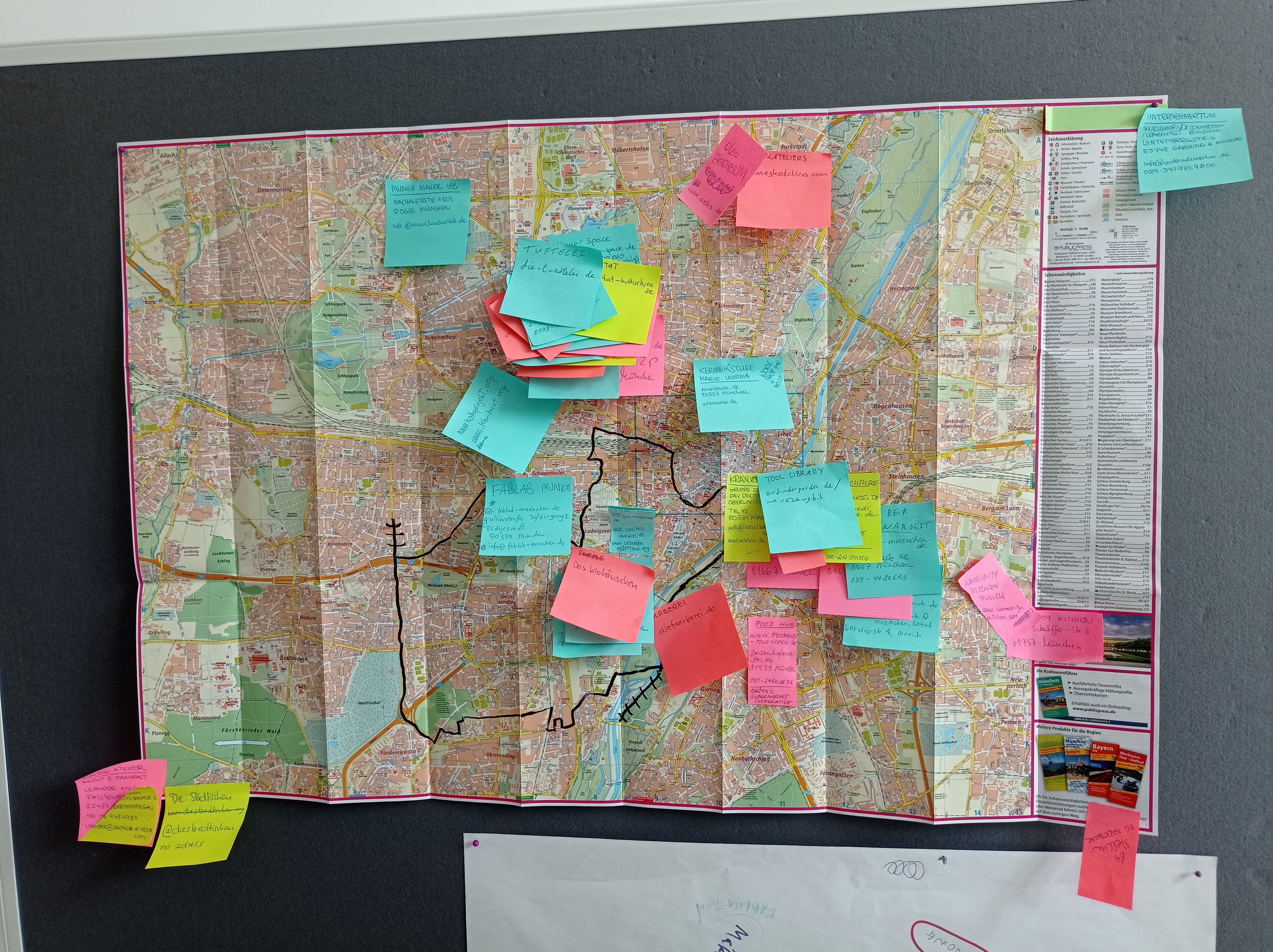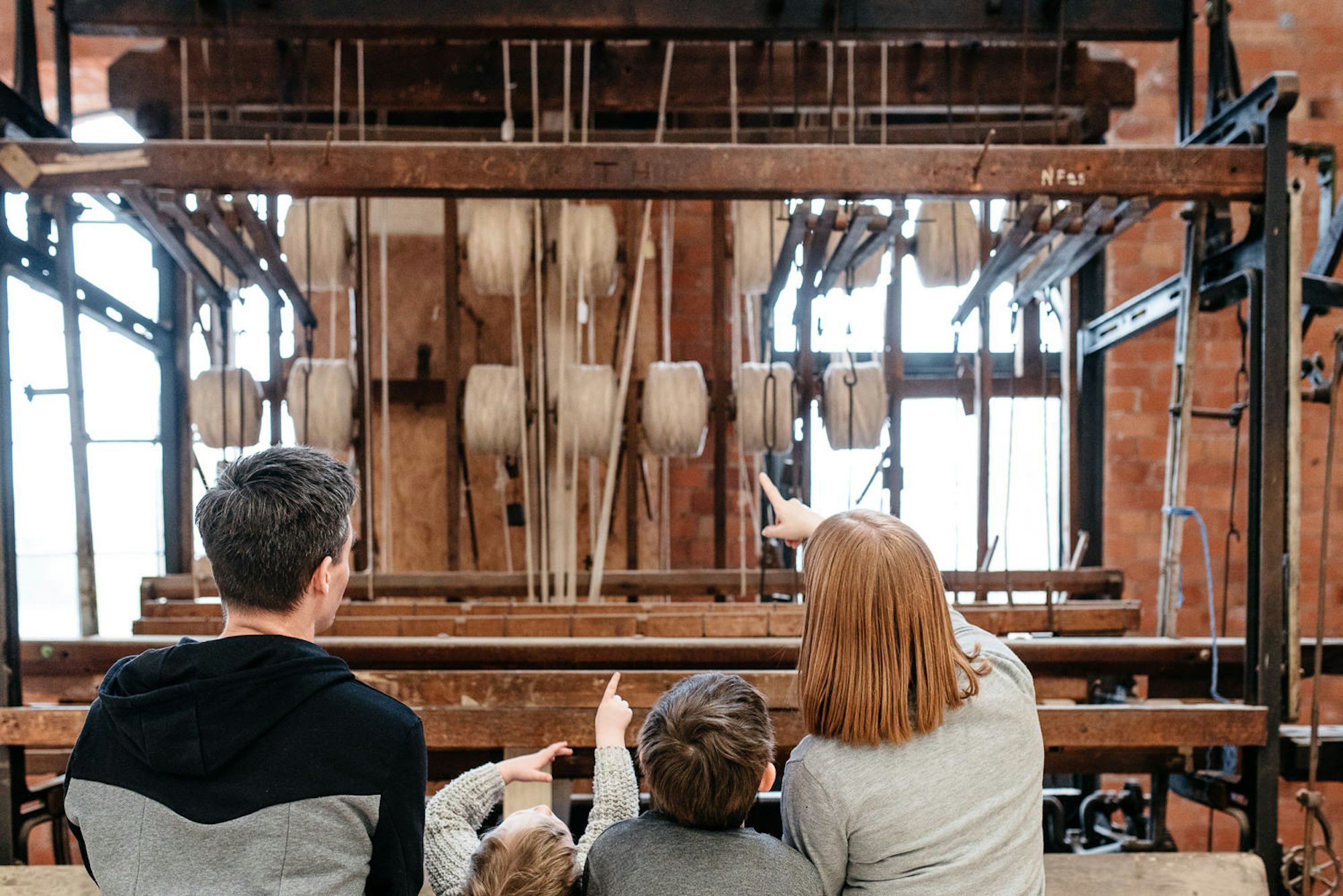These plates from 1937 beautifully illustrate the processes of woollen manufacturing in Scotland.

How cashmere scarves, woollen blankets, tartan cloth or tweed is made, is still something of a mystery to many consumers.
Perhaps you have a vision of thousands of strands of yarn moving in unison, or a romantic idea of 'a mill' whirring away in the highlands of Scotland, but the specifics (even the difference between ‘knitting mill’ and ‘weaving mill’) can be blurry.
Back in 1931, the National Association of Scottish Woollen Manufacturers hoped this could change. Their solution was to publish a series of leaflets and essays which were intended to answer the questions they were commonly asked when touring and selling Scottish cloth to delegates in North America.

Over twenty seven years, the association produced forty-two informative essays, maps, short films, and historical accounts about the industry. Their publishing included dissertations on pattern and principles of colour; to answering questions like “Who started Tartans?”, “Why does wool shrink?” or “Where is the birthplace of Harris Tweed?” The collection was finally published as a book in 1956, under the title 'Scottish Woollens’.


These black and white plates, were an addition to the end of the volume and are illustrate of the main processes used in woollen manufacturing. A mixture of line drawings and block prints, we are taken through wool sorting and spinning, to wool dyeing, drawing, the world of the hand loom weaver to mending and darning, scouring and milling. More would have been created had the artist, W.R Lawson not suffered an untimely death in 1937.


The plates were originally printed on thin Japanese Vellum, a thin type of parchment which was traditionally made with animal skins. As the book states, they were originally intended for framing and decoration in the office's of Scotland’s mills. We can imagine that many also made their way across the Atlantic to educate their North American counterparts.
Today, many of these processes are still used across the weaving mills of Scotland. You can browse these Scottish textile manufacturers listed on Make Works here.
You might also be interested in reading about Scottish Industry, "a book about what Scotland makes and where she makes it.”
Categories
Bookshelf
Related stories
12 Days of Factory Films
Making it, Manufacturing Techniques for Product Design
The Toaster Project
Open Design Now
On Craftsmanship



